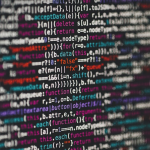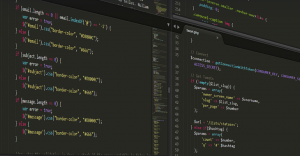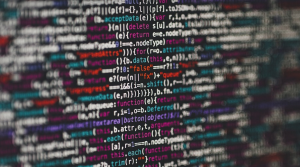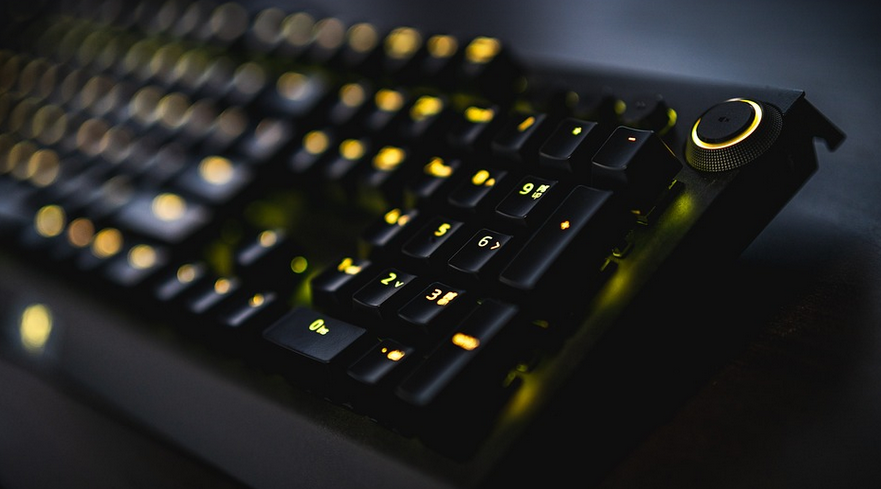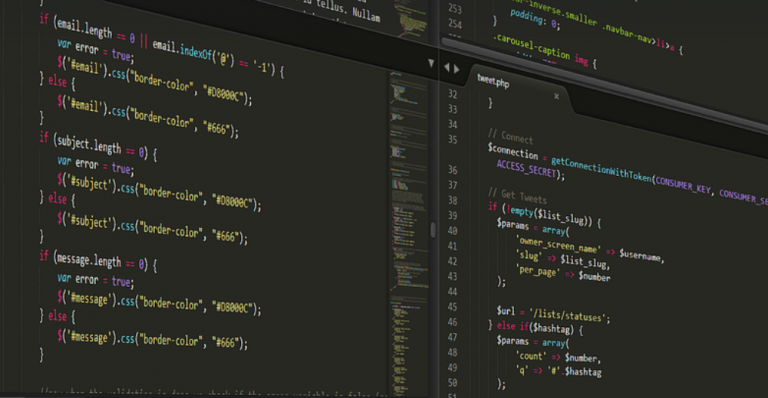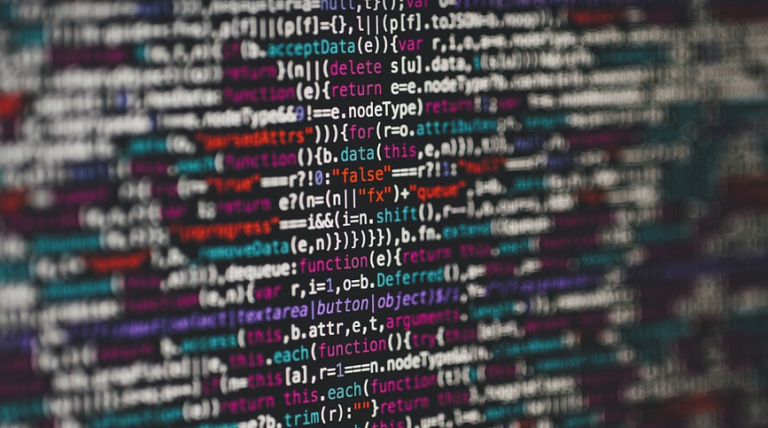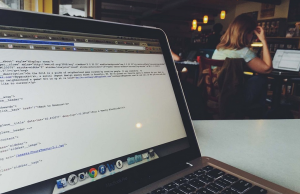What’s a Science Fair Paper?
A science fair paper is your chance to showcase your research and share your findings with the world. It’s like a mini-journal for your experiment, where you can explain everything from your hypothesis to your conclusion in an engaging and well-structured way. Think of it as a bridge between your hands-on exploration and the greater scientific community!
You might be thinking, “But how do I even write one?” It doesn’t have to be intimidating! A good research paper is all about clarity, organization, and a little bit of creativity.
Your Science Fair Paper: Structure & Content
Your science fair paper is a journey through your experiment, and like any good story, it needs a clear narrative arc. Here’s how you can structure your paper to make it shine:
1. Introduction: Setting the Stage
Begin by grabbing your reader’s attention! Introduce your topic – maybe something that fascinated you in class or sparked an idea during independent research. Explain the “why” behind your investigation, setting the stage for a deeper dive into your experiment. Don’t forget to mention where this research fits into the bigger picture of science – what questions does it address?
You’re basically telling the world why this is important, and laying out the groundwork for the rest of your paper.
2. Background Information: Context is Key
Dive into the history and context surrounding your topic. If you’re investigating a new technique, talk about what everyone already knows. If it’s a more unique experiment, explain why this research matters in the first place! This section helps readers understand your project within the broader scientific landscape.
Think of background information as building blocks for your reader’s understanding.
3. Hypothesis & Experiment: Your Research Plan
Now comes the heart of your paper – where you explain exactly what you did, why you did it, and what results you were hoping for! Your hypothesis is your prediction – a bold statement about how things should work out! This section requires detailed explanations for all aspects of your experiment.
This is your “how” section, outlining the steps to achieve your desired outcome.
4. Data Analysis: The Facts Speak for Themselves
You don’t just want to tell the world about your research, you need to show them! This is where you present your findings through charts and graphs – a visual representation of your data analysis will make your paper more impactful while keeping it engaging.
Remember: visuals are powerful!
5. Conclusion: Reflection & Interpretation
The last part of your paper needs to be about understanding the results! You’ve done your hard work, and now you have to make sense of what happened. What did you learn from this experiment? How does it contribute to our overall understanding of science?
This section is where you answer the “so what” question – how has your research impacted us, or what were the important takeaways?
6. References: Give Credit Where It’s Due
No one can say that they are an expert in every topic. You need to give credit for knowledge and inspiration! Cite all the sources you used during your research – websites you visited, books consulted, and even people who helped you along the way.
Tips & Tricks: The Art of Writing
Now that you’ve got the basics down, let’s talk about how to write a killer science fair paper:
**Make it clear and concise:** Use simple language (no jargon!) and avoid unnecessary details. Every sentence should serve a purpose.
Remember Your Audience
Who are you writing for? Is it for your teacher, fellow students, or an audience of your peers? Consider their level of understanding when choosing words and explaining complex concepts. Remember, you’re not just writing to impress your teachers; you’re sharing something valuable!
Embrace Creativity
Don’t be afraid to make your paper playful! Use visuals like photos or diagrams to engage your readers and bring your experiment to life. A little creativity goes a long way in making science exciting and accessible.
You want your audience to feel excited about the journey you’ve taken, so keep that spark alive!
Final Thoughts: The Magic of Science
Your science fair project is more than just an experiment – it’s a journey into something bigger! It’s about learning and exploring. It’s about asking questions and seeing the magic of discovery happen right before you. So, go forth with your curiosity! Your exploration may just change the world, one experiment at a time!


